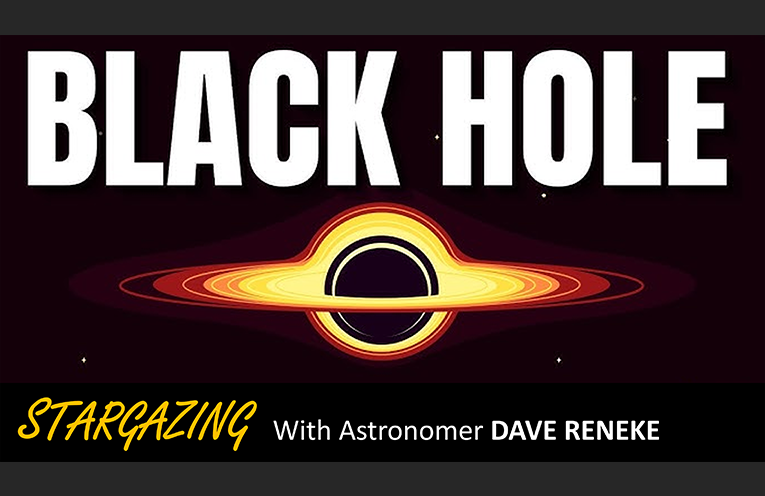
IMAGINE a cosmic monster, so dense that it devours even light itself.
This isn’t science fiction; it’s the terrifying reality of a black hole.
These titans of gravity are born from the most spectacular stellar funerals imaginable.
When a massive star runs out of fuel, its core implodes in a violent collapse, cramming all its material into a single point of unimaginable density.
This singularity, the heart of the black hole, exerts a pull so strong that not even the fastest thing in the universe, light, can escape its grasp!
The boundary of this no-escape zone is called the event horizon.
Cross it, and you’re forever trapped, doomed to be stretched and contorted by the black hole’s immense gravity.
Imagine being squeezed like toothpaste into a thimble – that’s the fate awaiting anything that dares to venture past the event horizon.
Thankfully, for now at least, we’re safe.
There aren’t any black holes close enough to Earth to pose an immediate threat.
Our Milky Way galaxy likely harbours a supermassive black hole at its centre, but it resides millions of light-years away, content to gobble up dust and gas, keeping our cosmic neighbourhood clean.
John Wheeler coined the term “black hole” in 1967, before that, Albert Einstein had talked about similar ideas, but Wheeler’s term stuck and is now widely used to describe these crazy cosmic objects.
Hey, what if we stumbled upon a rogue black hole, a lone wanderer in the vast expanse of space?
The consequences of falling into one are mind-boggling.
According to Einstein’s theory of relativity, time itself might slow down near a black hole’s event horizon.
Imagine a daring astronaut, oblivious to the danger, venturing too close.
From an observer’s viewpoint on Earth, the astronaut would appear to freeze in time, their movements growing infinitesimally slower before they disappear forever behind the event horizon.
What happens to the astronaut then?
We can only speculate.
Some theories suggest they’d be ripped apart by the tidal forces of the black hole’s gravity, a horrific fate.
Others propose a terrifying journey into a warped dimension, a one-way trip to a place beyond our comprehension.
Black holes aren’t just cosmic vacuum cleaners, though.
They might hold the key to some of the universe’s greatest mysteries.
Some physicists theorise about white holes, the hypothetical counterparts of black holes. Instead of sucking matter in, white holes spew it out, acting like celestial fountains.
While their existence remains purely theoretical, the idea is nothing short of mind-bending. Could white holes be connected to black holes in some way, forming cosmic wormholes that allow travel across vast distances, or even through time itself?
The largest black hole ever discovered is a testament to the universe’s sheer scale.
This behemoth, millions of times more massive than our Sun, resides far, far away. But its existence sparks the imagination.
Could there be even bigger black holes out there, lurking in the darkness, their immense gravity shaping the cosmos in unseen ways?
Black holes are a testament to the power and mystery of the universe.
They are a reminder that our understanding of the cosmos is still in its infancy.
As we delve deeper into the secrets of black holes, we might unlock doors to a reality beyond our wildest dreams, a reality where time bends, space folds, and the very fabric of existence itself might be rewritten.
By Dave RENEKE, Astronomer
